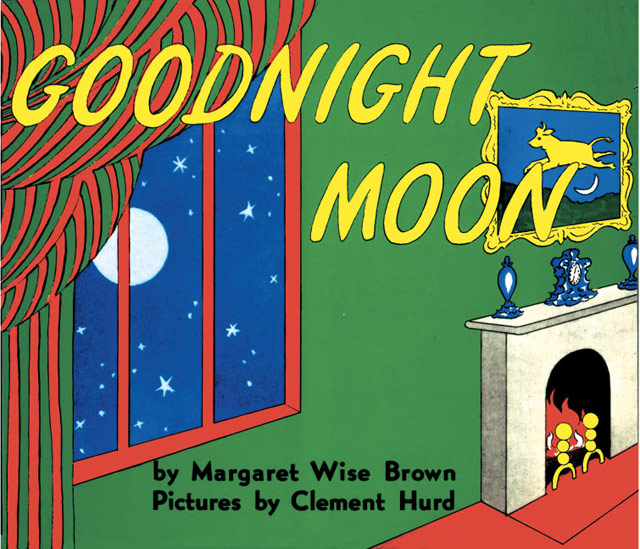Goodnight Moon Filmstrip (1984)
This is a filmstrip version of Margaret Wise Brown’s Goodnight Moon produced in 1984. Not sure what a filmstrip is? Boing Boing explains:
From the 1940s until the low-cost videocassette boom of the 1980s, audio filmstrips were commonly used in classrooms as an alternative to 16mm film projectors that were more expensive and fiddly to keep working.
This post doubles as one of those “say how old you are without saying how old you are” Twitter prompts. Here’s more on filmstrips from the Museum of Applied Arts & Sciences:
While the show was a welcome diversion from parsing, long division and dictation, what we didn’t realise was the filmstrips were an educational revolution in Australia akin to smart boards today. They were stored in neat little canisters which could be easily dispatched to schools. Accompanying them was a script read by the teacher describing the 25 or so images depicted in the films, which were manually advanced in the projector.
Until watching this Goodnight Moon video, I had totally forgotten about the beep used in filmstrip audio used to signal someone to switch to the next frame.






Stay Connected